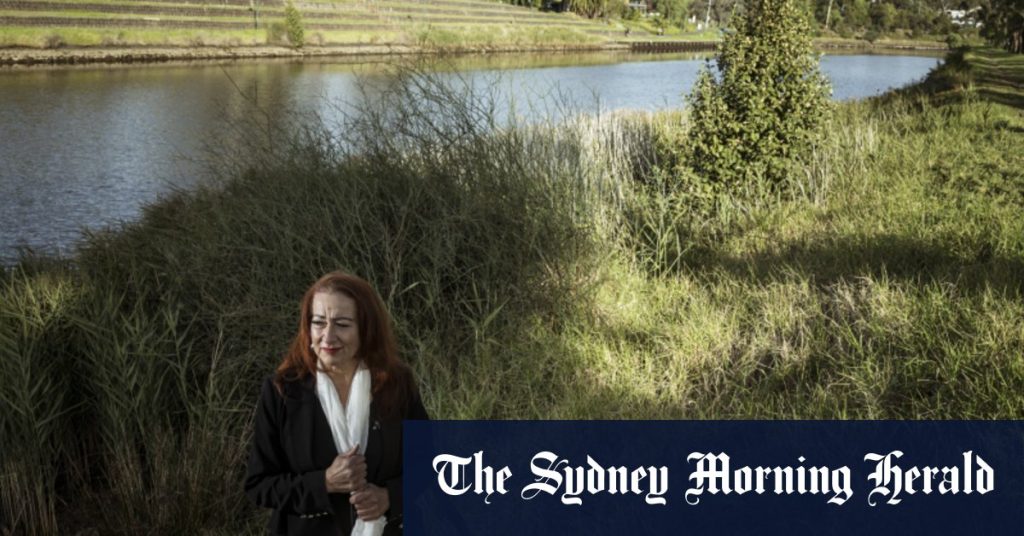A flood wall surrounding the Flemington Racecourse in Melbourne caused damage to homes, including destroyed furniture, skirting boards, electrical work, and stock losses for businesses. Despite the impact on homes, which flooded by an average of 80 centimeters during the event, Melbourne Water managing director Dr. Nerina Di Lorenzo stated that the evidence does not support tearing down the wall, as the average impact on residential property was only 1.7 centimeters. The flood wall’s mitigation works, built by the Victoria Racing Club with Melbourne Water’s approval, did not perform as expected, and the water authority is exploring options such as levees, pipe work, and improved emergency management.
Antoinette Bufalino, a Maribyrnong resident and member of the Maribyrnong Community Recovery Association, expressed shock at the findings of the report and called for the flood wall to be removed. The wall has been a point of contention within the community since plans were initially lodged by the Victoria Racing Club in 2003. Residents campaigned against the wall, fearing it would push water into their homes, but it was ultimately approved in 2007 after a decision by then Planning Minister Mary Delahunty. Hydrologist Geoff Crapper, who opposed the flood wall’s construction, stated that experts predicted an increase in flooding by up to 3 centimeters in Maribyrnong township due to the wall.
Opposition water spokesman Tim McCurdy criticized the government for ignoring concerns about the flood wall’s impact on surrounding homes, pointing out that compensatory works failed to offset the increased flood levels caused by the wall. The report indicated that additional homes flooded due to the wall’s construction, and remedial works may be necessary. Victorian Greens leader Ellen Sandell called for the wall’s removal, blaming the Labor state government for approving its construction. The state government is working with Melbourne Water to address the report’s findings and improve flood mitigation, communication, and response efforts.
The flood review panel’s initial report recommended more regular reviews of flood models, improvements to forecast and warning systems, potential property buybacks, and highlighted climate change impacts on flood risk. New flood modeling for the Maribyrnong River catchment predicts changes in risk levels for residential areas of Maribyrnong and Kensington. The Melbourne Water review, ordered by former Premier Daniel Andrews, was criticized for its lack of independence and limited scope. A wider-ranging flood parliamentary inquiry was established to address these concerns, and its final report is yet to be tabled.
The October 2022 flood affected over 600 homes and businesses across Maribyrnong, Avondale Heights, Kensington, and Ascot Vale, making it the third-worst flood on record for the Maribyrnong River. Only floods in 1974 and 1906 have hit the area harder. The community remains divided over the impact of the flood wall, with some calling for its removal due to the damage caused during the recent floods. As discussions continue surrounding the flood wall’s future, residents and authorities are working to address the impact of the recent flood event and improve mitigation efforts for future disasters.


